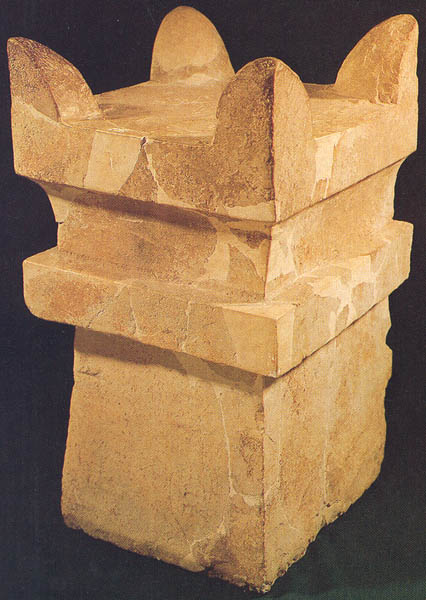Image Details

Courtesy Israel Antiquities Authority
An array of altars. Ancient altars exhibit a variety of shapes, as seen in these examples (compare with next two images). For the burning of incense in the Temple, a daily ritual that may have been intended to purify and consecrate the sanctuary, Exodus 30:2 prescribes a horned altar similar to this 21-inch-high limestone altar (shown here) found at Megiddo and dated to the tenth to ninth centuries B.C., but with the difference that the Temple altar was to be made of wood covered with gold. The horns may have supported a bowl of incense, but the exact manner in which these altars were used is unknown. The Bible, however, does give us a glimpse of how it was used, when the Lord tells Moses: “You shall offer no unholy incense thereon, nor burnt offering, nor cereal offering; and you shall pour no libation thereon. Aaron shall make atonement on its horns once a year … ” (Exodus 30:9–10).
